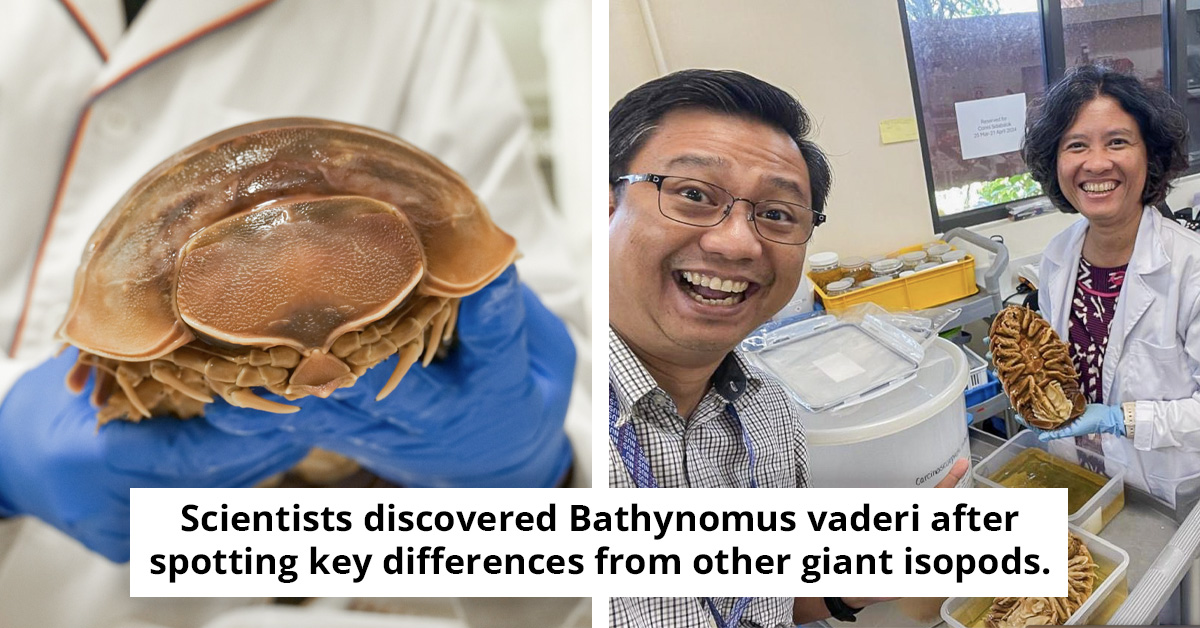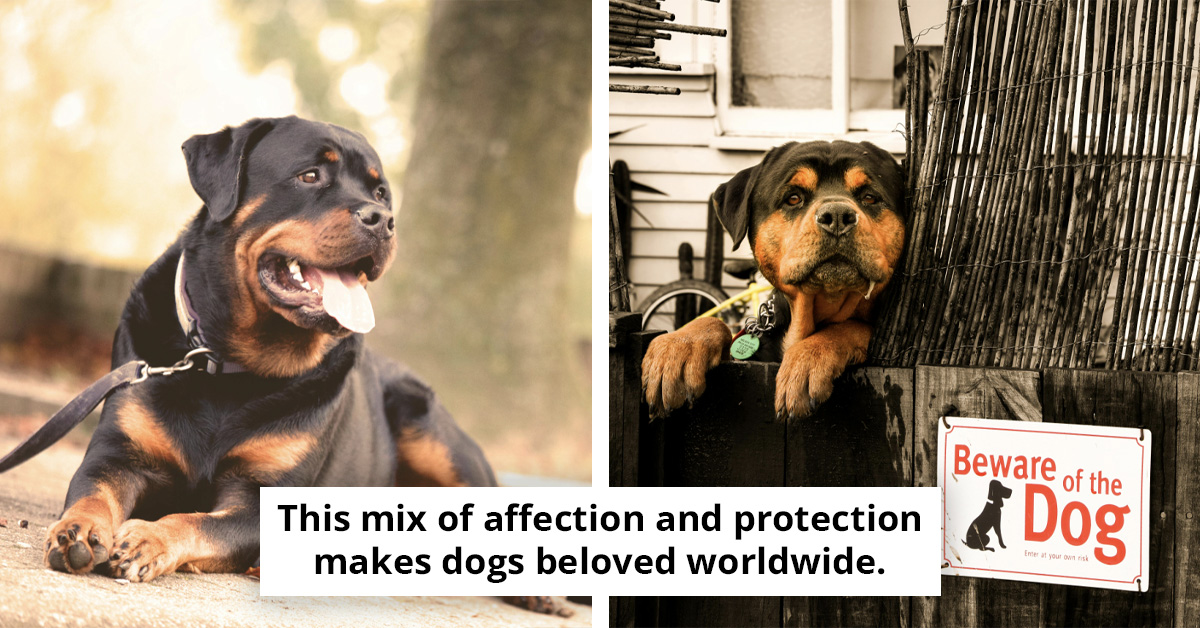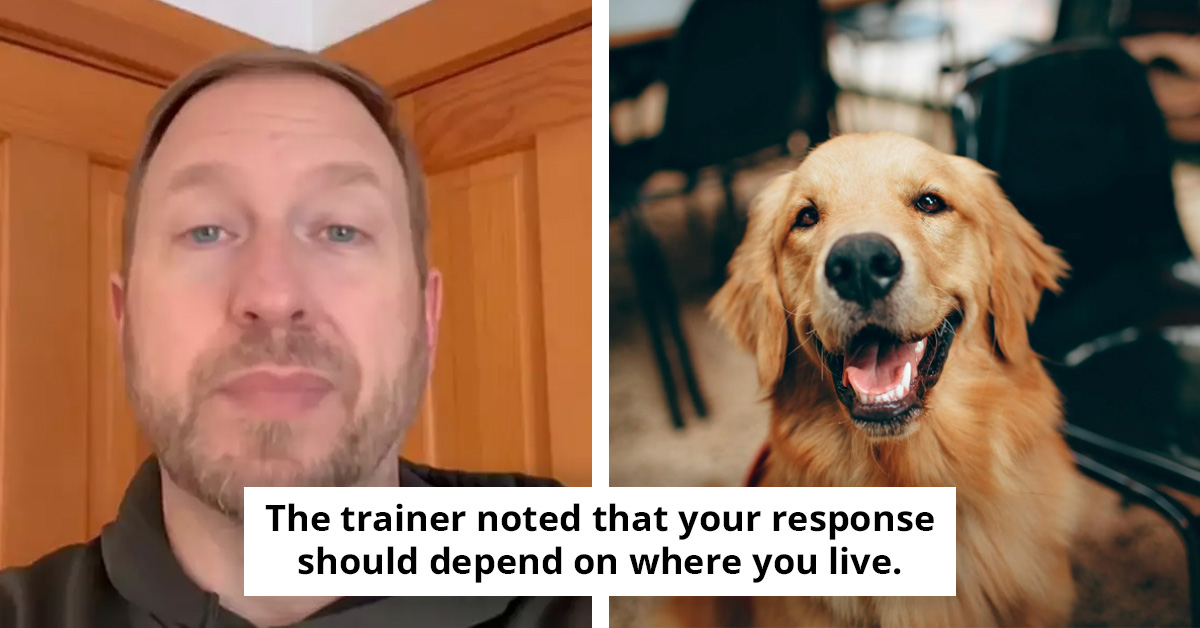The Shocking Fate Of The Man Who Filmed Himself Being Eaten By A Snake
If asked to list their worst nightmares, most people might mention snakes, a plane crash, or public speaking. But probably not “getting swallowed whole by a massive snake.”
For American conservationist Paul Rosolie, though, that was the whole idea. Rosolie made headlines and raised eyebrows when he volunteered to be eaten alive by an anaconda on national television.
The stunt wasn’t a dare or a death wish; it was part of a plan to draw attention to something far bigger: the destruction of the Amazon rainforest and the species disappearing with it.
If this is your first time hearing his name, Paul Rosolie isn’t just some thrill-seeking TV personality. He’s a conservationist who has spent over a decade deep in the world’s wildest places—Brazil, India, Indonesia, and Peru.
Most of that time has been spent in the Amazon, where he has worked closely with local communities and researched everything from jaguars to snakes—especially snakes. Rosolie’s fascination with the green anaconda, one of Earth's largest and most powerful snakes, led to an idea so wild it landed him on the Discovery Channel’s Eaten Alive special.
The pitch was simple, if insane: let himself be swallowed by a giant snake to shock people into caring about habitat loss. No one has ever accused him of lacking commitment.
He donned a specialized suit designed to prevent the snake from crushing him.
You could hold up a sign or hand out flyers, but Rosolie chose a more extreme route. His logic was that if being swallowed by a snake on live TV got people talking about deforestation, it was worth the risk. And, well, it did.
Despite its size and myth-like reputation, the green anaconda faces real threats from human activity. Logging, mining, and land clearing in the Amazon are pushing countless species out of their habitats and some toward extinction.
Rosolie hoped his televised stunt would spotlight that issue in a way few other campaigns could. And let’s be honest, you clicked because a guy tried to get eaten by a snake, not because someone said “habitat loss is a pressing concern.” His plan worked, at least on that front.
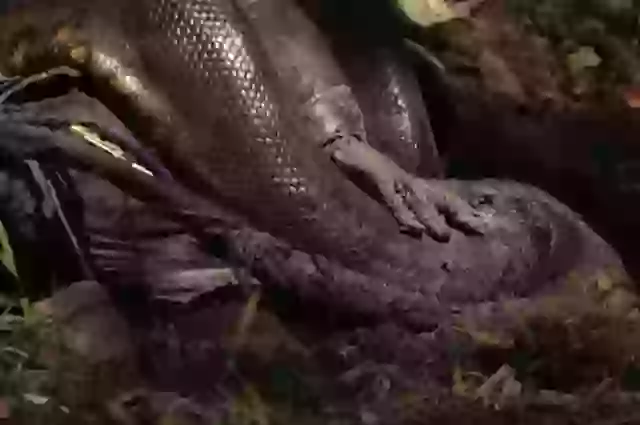
Here’s what Paul Rosolie looks like when he isn’t suited up in his snake-proof gear.
The team didn’t just throw Rosolie into the jungle and wish him luck. He wore a custom-built carbon fiber suit to withstand the snake’s bite and crushing force. It had its own oxygen supply, internal microphones, and cameras. For good measure, it was smeared with pig’s blood to make him more appetizing.
Rosolie got down on all fours, moved toward the anaconda, and waited. Instead of immediately swallowing him, the snake did what anacondas do: it coiled around him and began to constrict.
Rosolie soon found himself unable to move and feeling pressure in his arm. At one point, he said he could feel the bone “start to flex.” That was the cue to end the stunt.
“I’m calling it; I need help,” he said as the snake began to wrap around his head. The team rushed in and pulled him out. He wasn’t eaten, but the moment had already made TV history.
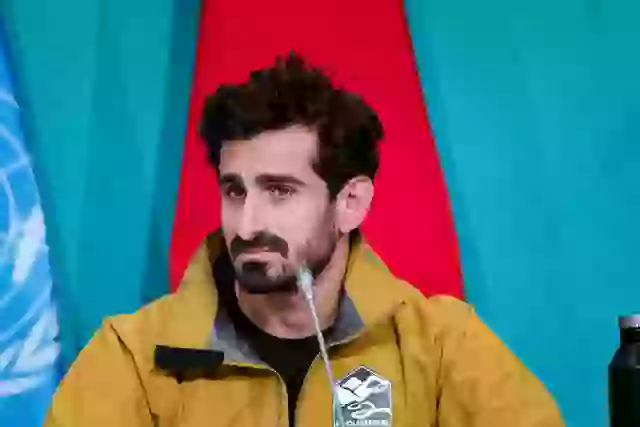
"Eaten Alive By Anaconda: Why I Did It "
He was forced to call it quits after a snake latched onto his head.
Despite the failed swallow attempt, Rosolie survived, arm intact, and is still involved in conservation. He continues sharing footage from his Amazon trips, working with local communities, and speaking out about environmental issues.
He’s also still got a taste for shock value. Not long ago, he posted a photo of a giant spider crawling across his face with the nonchalance most people reserve for brushing their teeth.
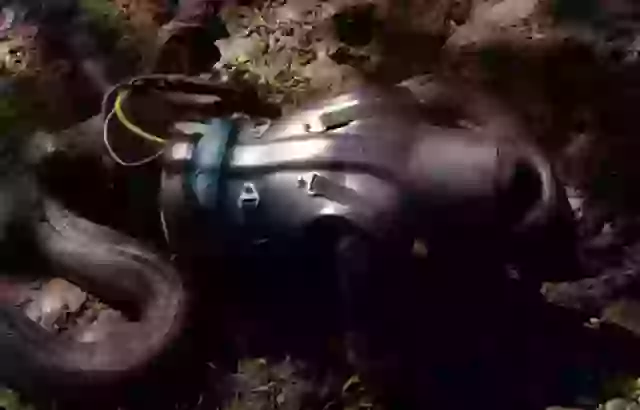
Exploration of extreme stunts like Paul Rosolie's highlights important psychological aspects of thrill-seeking behavior. Dr. David Zald, a neuroscientist at Vanderbilt University, notes that such actions often stem from a desire to confront fears or push personal limits.
In his research, Zald emphasizes that risk-taking can lead to increased feelings of mastery and self-efficacy. However, he cautions that understanding one’s motivations is crucial, as thrill-seeking can also result in dangerous situations if not approached with caution.
Therefore, individuals interested in extreme experiences should consider setting boundaries and ensuring safety measures, emphasizing calculated risks over reckless ones.
Understanding the Risks
Animal behaviorists like Dr. Jane Goodall have long warned against the romanticization of wild animal interactions. Goodall's extensive research emphasizes that interactions with animals should always prioritize safety and respect for the species.
She explains that while capturing an audience's attention can be beneficial for conservation, stunts like being eaten by a snake can misinform the public about the nature of wildlife and their behaviors. Educating the public through safer, more ethical methods should be the priority.
Moreover, experts recommend that conservationists focus on storytelling that highlights the importance of habitat preservation rather than sensationalism, fostering a deeper understanding of wildlife conservation.
Rosolie’s approach isn’t everyone’s cup of tea. Critics have questioned whether the stunt helped or hurt the conversation around conservation.
But whether you think it was brilliant or just bizarre, it forced the topic into the spotlight. And that, in Rosolie’s mind, is the whole point.
As he puts it, he’s not out to look good; he’s out to “un-f**k the planet.” And if that means letting a giant snake chew on his head for a few seconds, so be it.
Analysis & Alternative Approaches
In conclusion, the case of Paul Rosolie serves as a potent reminder of the delicate balance between thrill-seeking and ethical responsibility. Experts like Dr. Jane Goodall advocate for prioritizing education over sensationalism in wildlife conservation efforts.
By focusing on respectful interactions and emphasizing the importance of preserving natural habitats, we can engage the public in meaningful ways. Incorporating expert insights into conservation strategies ensures that risks are minimized while fostering genuine appreciation for wildlife, ultimately benefiting both animals and the environment.

